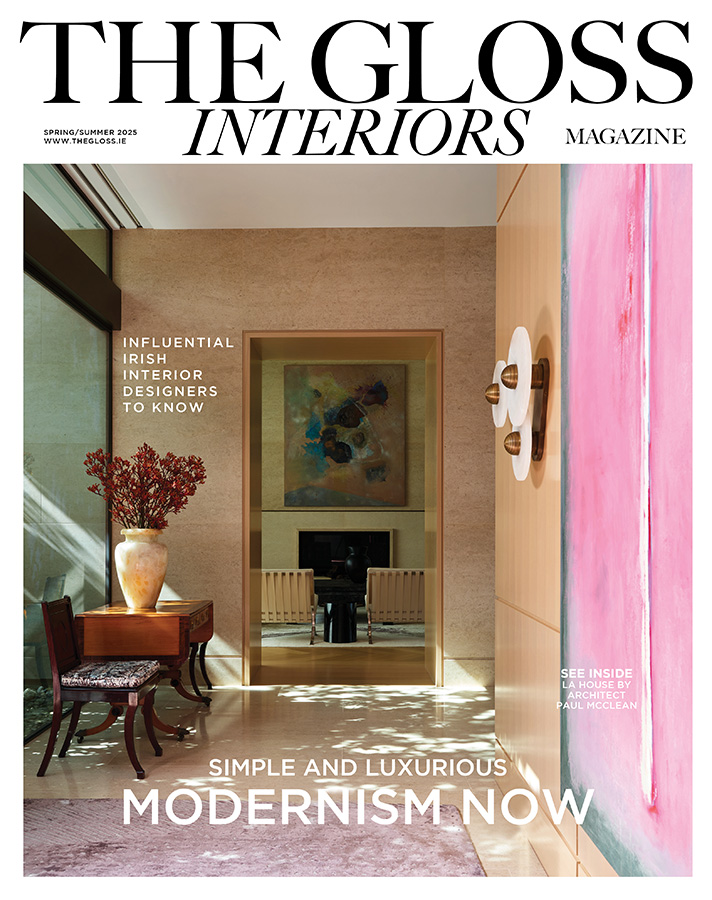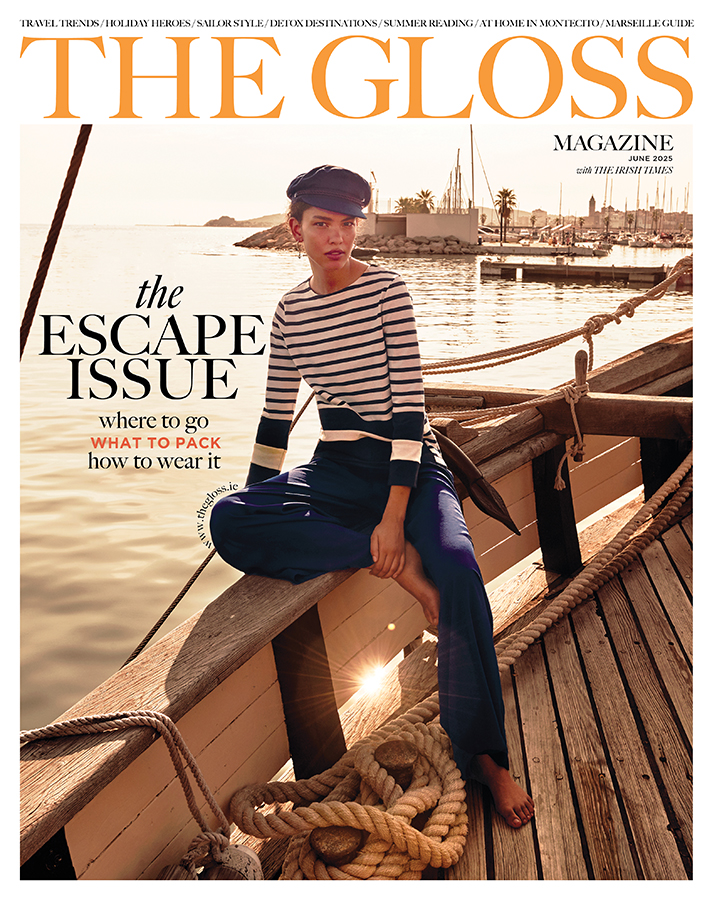In the iconic region of the Loire Valley, highly praised for the mineral character of its white wines, Sancerre has long captivated Irish consumers …
It was only in the mid-20th century that Sancerre became synonymous with white wines. Prior to this, the region was better known for its light-bodied reds. In the past, Chasselas was the most widely planted white grape in the region, but today Sauvignon blanc is the only allowed variety for white wines. Pinot noir, the sole grape permitted for red and rosé wines, now accounts for less than 20 per cent of the plantings.
Ireland is not the only market to have fallen under Sancerre’s spell – indeed, 70 per cent of the 22 million bottles produced annually are sold abroad. Yet, the world of wine is vast, and competition is growing. Trends are constantly evolving, and the new generation of wine drinkers is more demanding. “Drink less, but drink better” has become a common motto. With this philosophy in mind, groups of growers from classic wine regions around the world are determined to innovate and redefine tradition, not only to future-proof their estates but also to protect their terroir – and Sancerre is no exception.
The new wave of Sancerre growers is made up of passionate men and women, many of whom have travelled the world, trained in prestigious wineries, or explored winemaking practices in other countries.
Returning to their family estates, they bring fresh ideas and a shared desire to modernise and redefine their regional wines. The common thread among them is a commitment to producing authentic wines that reflect their terroir, while employing viticultural practices that respect the environment – many of them choosing organic or biodynamic philosophies. Today, one third of Sancerre’s plantings are certified organic or in conversion.
In the cellar, experimentation is also thriving. However, experimentation sometimes means revisiting ancestral techniques and taking a more “hands-off” approach. Many producers now prefer working with indigenous yeasts rather than commercial ones, seeing this as a key element in allowing the terroir to speak for itself. Later harvesting, skin maceration, and minimal or no addition of sulphur dioxide are also common practices. This allows the wines to be more expressive and true to the land, often resulting in more complex and interesting bottles.
Sancerre wines built their reputation on their crispness and mouth-watering qualities, with aromas and flavours of citrus, apples, and nettles.
But today, it is no longer possible to confine Sancerre’s taste profile to these stereotypes. Stainless steel fermentation remains popular for preserving the freshness and aromatic brightness of sauvignon blanc, but oak barrels, concrete tanks, and amphorae are becoming increasingly common. The use of these alternative vessels allows for the development of a broader aromatic spectrum and richer textures. Many wines on the market today express more complexity with mouthfeel that can be round or even creamy, particularly if they are fermented in wooden vessels and/or aged on their lees for extended periods.
Another growing trend is the emergence of single-plot wines. In Sancerre, the region’s 3,000 hectares of vineyards are planted on a variety of soils. The three predominant soil types are “Caillotes,” “Terre Blanches,” and “Silex.” The caillotes produce wines with freshness and fruitiness, rocky and rich in limestone. The terres blanches, which contain more clay, yield wines that are rounder and more powerful. Finally, the silex soils, rich in silica, contribute minerality, power, and sometimes a smoky character to the wines. By producing single-vineyard cuvées from individual plots, winemakers are exploring terroir in greater depth, highlighting how it translates into the glass.
While sauvignon blanc is the dominant grape variety in the region, many winemakers are also crafting exciting wines from pinot noir. A few years ago, Burgundy was considered the only French region capable of producing refined and complex wines from this grape, but today Sancerre’s pinot noirs can stand proudly alongside their prestigious cousins. Contemporary red Sancerre wines are full of finesse, multi-layered, age-worthy, and capable of surprising even the most knowledgeable wine lovers. Rosé Sancerre, too, can be deliciously savoury, structured, mineral, and perfectly suited for food pairing.
This new energy in the vineyards and wineries is successfully blending tradition and modernity, and it is this balance that defines the strength of Sancerre as a wine region today.
With the environmental challenges of our era, the threat of climate change, and growing health awareness regarding alcohol consumption, it is inspiring to see how Sancerre is adapting to these challenges. The hard work, passion, and vision of these producers gives hope that the Sancerre of tomorrow will not only align with the evolving tastes of modern consumers but will also meet the needs of our planet while ensuring that the wines remain a reflection of the land for generations to come. @julie_dupouy
SANCERRE-LY GOOD

Sancerre “Les Chailloux”, Claude Riffault, €53; www.sweeneysd3.ie.

Sancerre “La Tournebride”, Vincent Gaudry, €41; www.sheridanscheesemongers.com.

Sancerre, Domaine Vacheron, €35; www.jusdevine.ie.

Sancerre “Les Silex”, Domaine Serge Laloue, €34.75; www.winesdirect.ie.

Sancerre, Château du Nozay, €42; www.greenmanwines.ie.

Sancerre Rouge, “La Croix du Roy”, Lucien Crochet, €39; www.siyps.com.
SEE MORE: Sip and Store Smarter This Year With A Wine Cellar
We may earn a commission if you buy through affiliate links on our site.






